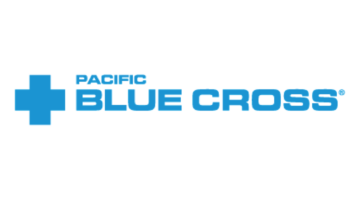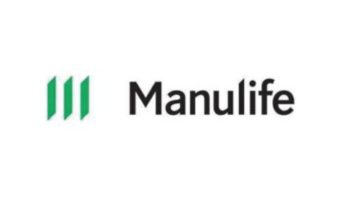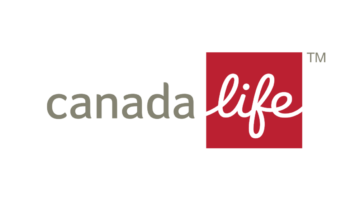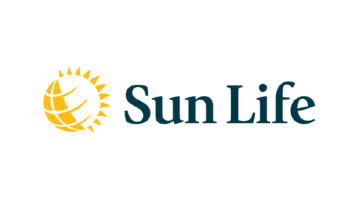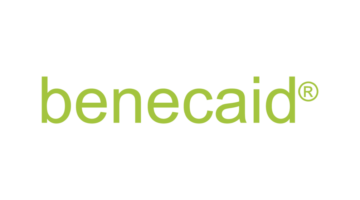Insured Retirement Plan
1. IRP – The Basics
2. How It Works
3. When to use the IRP Strategy
4. IRP Strengths
5. Summary
Insured Retirement Plan (IRP) – The Basics
An Insured Retirement Plan is a complex investment strategy that utilizes loans against the cash value of a participating whole life policy (typically a 10 or 20 pay policy or to a lesser extent a Universal Life Insurance Policy), to provide non-taxable income pre or post retirement. This strategy is not right for everyone and is typically utilized after other strategies using your Registered Retirement Savings Plan (RRSP) and Tax-Free Savings Account TFSA). The main benefit of the IRP strategy is the tax shelter the policy provides and the ability to pass along large amounts of wealth to your family creating intergenerational wealth.
This strategy works best for those who have maxed out their RRSP and TFSA contributions and are looking for an additional tax shelter for their money, people looking at an RRSP melt down strategy where you want to reduce the money you have in your RRSP (these two points may seem to be in conflict but will be explained in this article), and those who don’t have RRSP contribution room because of pension contributions or unearned income from the death benefit of an insurance policy.
How it works
Savings Phase
If you are setting up a new policy, we would typically look at 10 and 20 pay options where you pay premiums for that period of time and then the policy is considered paid up, meaning you would no longer pay any premiums. During this period a portion of your premiums would go to pay the cost of insurance on the policy and the rest is going straight into your cash value, you will also be receiving dividends from the company you choose to place your policy with.
Withdrawal or Income Phase
When you retire (or before if you choose) you will then be able to take a loan against the cash value of the insurance policy. We structure this withdrawal as a loan because if you were to just withdraw the money from the policy you would have to pay tax on that money, but a loan is not currently taxable in Canada, therefore you would receive the money tax free. You still have to pay the loan interest, which would typically be much less than paying the tax on the withdrawal.
Repayment of the Loan
You can repay the loan at any time, but normally you would never repay the loan while you were living, and you would let the death benefit repay the loan upon your death. Any money left over once the loan is repaid would be distributed to your listed beneficiaries.
Premium Payments
Premium payments for this type of strategy are going to be much more than if you were to buy term insurance, but the purpose of this strategy is to use the policy as an investment rather than a risk transfer strategy.
When to use the IRP strategy
1. Maxed out RRSP and TFSA Contributions – High net worth individuals who have contributed the maximum amount to their RRSP and TFSA’s and are looking for an additional tax-sheltered investment. Mixing your deposits between your RRSP and TFSA is going to be the right strategy for most people.
2. RRSP Melt Down – Some people may never have heard of this strategy before and contributed the maximum amount to their RRSP and are looking at a massive tax burden in retirement when you roll your Registered Retirement Savings Plan to a Registered Retirement Income Fund (RRIF). CRA is going to force you to withdraw a minimum amount based off your age and the total account value of your RRIF account which can be a substantial amount of money if you have a large RRSP. We would start taking small withdrawals from your RRSP on an annual basis to keep your current tax burden as low as possible and then immediately deposit that money into the Participating Whole Life Policy.
3. Pension Contribution – A public servant with pension adjustment will have little to no RRSP contribution room leaving them with only the Tax-Free Savings Account to tax shelter their money. The IRP strategy works well in this situation once the maximum TFSA contributions have been made.
4. Unearned Income – A person who received a large payment from the death benefit of a life insurance policy or an inheritance will not receive any RRSP contribution room for this money. The IRP strategy works well in this situation as you can still tax shelter some or all this money in preparation for retirement.
IRP Strengths
1. Tax Sheltered growth – All of the growth inside the policy is tax sheltered, and if the strategy is used correctly, you would never pay tax on the earnings within the policy.
2. Tax Free income – Since the money within the policy is withdrawn as a policy loan rather than a redemption no taxable gain is triggered. This is the main benefit of the IRP strategy.
IRP Weaknesses
1. You will be charged interest – Since the withdrawal is structured as a loan against the cash value of the policy there will be interest charged on the loan.
2. Dividend scale can change – Depending on company performance and other economic circumstances the dividends paid into the policy may decrease over time. If this happened your projected cash value would shrink and there may not be as much money available for withdraws as you were expecting.
3. Loan interest can increase – Most policy loans have a variable interest rate so in a rising rate environment you could be on the hook for larger interest payments than you expected.
4. Tax laws surrounding insurance policies can change – Tax laws change all the time depending on which political party is in power. This is a serious risk to consider before accepting this strategy, tax laws surrounding insurance policies may not be the same in 10 or 20 years which could change the tax effective nature of this strategy.
Policy Loans verses Third Party Loans
There are two basic ways to get tax free money out of the policy, a policy loan from the company the policy is held with, or a third-party loan from an independent bank.
Policy Loan from the Insurance Company
A policy loan from the company the policy is held with is by far the easier way to withdraw money from the policy as they typically don’t require you to prove income or go through underwriting, some companies will lend as much as 80% (sometimes more) of the total cash surrender value in this type of loan.
Third party Loans
A third-party bank will typically require you to qualify for the loan based on your income or your assets as they want to make sure you can make the interest payments every year. With this type of loan you can potentially secure a lower interest rate.
Summary
The insured retirement plan offers the opportunity for an additional tax shelter for investment money but is not risk free and is not the right strategy for every person. Every person needs to review the risks with their insurance professional and then personally weigh if the strategy is right for them.
Disclosure
The information in this article is correct at its time of publication. Tax laws and lending practices surrounding insurance policies can change and may change in an unfavorable way which may change the tax effective nature of this strategy.
Authorized distributor for The Canada Life Assurance Company, Equitable Life Insurance Company, The Manufacturers Life Insurance Company, Pacific Blue Cross, Sunlife and Benecaid. Manulife & Stylized M Design, and Stylized M Design are trademarks of The Manufacturers Life Insurance Company and are used by it, and by its affiliates under license.


